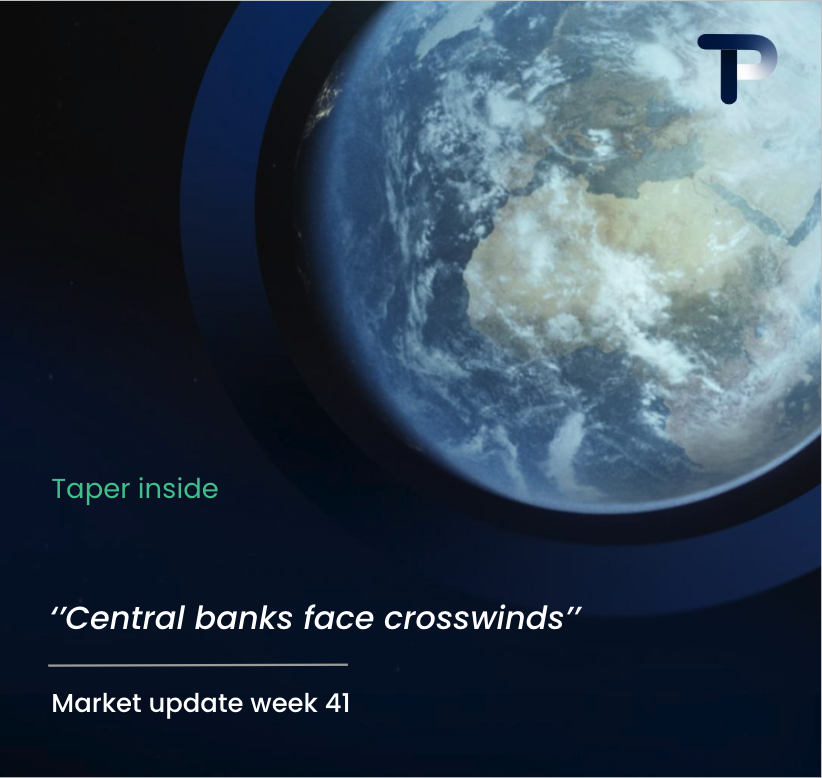The most important KPIs for improving global payment efficiency are transaction success rates, processing speed, cost per transaction, and settlement times. These metrics directly impact your business’s ability to complete international payments quickly and cost-effectively. Focusing on these core indicators helps you identify bottlenecks, reduce operational costs, and enhance your overall payment performance across different currencies and markets.
Understanding the Foundation of Global Payment Efficiency Measurement
Measuring global payment efficiency matters because international transactions involve multiple currencies, regulatory requirements, and payment networks that can significantly impact your business operations. When you’re dealing with cross-border payments, even small inefficiencies compound quickly across hundreds or thousands of transactions.
The fundamental principle behind selecting meaningful KPIs lies in focusing on metrics that directly affect your bottom line and operational capabilities. You need indicators that help you understand not just what’s happening, but why it’s happening and how you can improve it.
Effective payment efficiency measurement requires tracking both quantitative metrics like processing times and costs, alongside qualitative factors such as compliance adherence and customer satisfaction. This comprehensive approach ensures you’re optimising for real business outcomes rather than vanity metrics.
Your KPI selection should align with your specific business model and international markets. A company processing high-volume, low-value transactions will prioritise different metrics compared to one handling fewer, high-value payments across multiple currencies.
What Are the Most Important KPIs for Measuring Global Payment Efficiency?
The most critical KPIs for global payment efficiency include transaction success rates, end-to-end processing time, cost per transaction, settlement speed, and compliance metrics. These indicators provide a comprehensive view of your payment performance across different markets and currencies.
Transaction success rates measure the percentage of payments that complete successfully on the first attempt. This metric directly impacts your cash flow and customer relationships. A high failure rate often indicates issues with payment routing, currency conversion, or compliance checks.
Processing time encompasses the entire journey from payment initiation to completion. This includes authorization, currency conversion, compliance screening, and final settlement. Tracking this metric helps you identify bottlenecks in your payment chain.
Cost per transaction reveals the true expense of each international payment, including foreign exchange margins, processing fees, and hidden charges. This metric is particularly important for businesses managing tight profit margins on international sales.
Settlement speed measures how quickly funds become available in the recipient’s account. Faster settlement improves your business relationships and can provide competitive advantages in international markets.
Compliance metrics track your adherence to regulatory requirements across different jurisdictions. This includes anti-money laundering checks, sanctions screening, and reporting obligations that can significantly impact processing times and costs.
How Do You Measure Cross-border Payment Processing Speed Effectively?
Measuring cross-border payment processing speed effectively requires tracking multiple time-based metrics throughout the entire payment lifecycle. The most important measurement is end-to-end processing time, which captures the complete duration from payment initiation to final settlement.
End-to-end processing time includes several components: payment authorization, currency conversion, compliance screening, correspondent banking delays, and final settlement. By measuring each component separately, you can identify specific areas causing delays in your payment processing.
Settlement duration specifically measures the time between payment confirmation and when funds become available to the recipient. This metric varies significantly depending on the destination country, currency pairs, and payment methods used.
Real-time payment capabilities have become increasingly important for businesses operating in markets where instant payments are standard. Tracking your ability to process payments in real-time versus traditional batch processing helps you understand your competitive position.
Benchmarking your payment speed involves comparing your performance against industry standards for specific currency corridors and payment types. Different markets have varying expectations for payment speed, and your benchmarks should reflect these regional differences.
Time-zone considerations also affect payment processing speed. Payments initiated outside banking hours or across multiple time zones may experience delays that impact your overall efficiency metrics.
Why Do Payment Cost Metrics Matter More Than Volume for Efficiency?
Payment cost metrics matter more than volume for efficiency because they directly impact your profitability and competitive position in international markets. High transaction volumes mean little if the cost per transaction erodes your profit margins or makes your products uncompetitive.
Transaction fees represent the most visible cost component, but they’re often just the tip of the iceberg. Hidden costs include unfavorable exchange rates, correspondent banking fees, and compliance-related charges that can significantly increase your total payment expenses.
Foreign exchange margins deserve particular attention because they can vary dramatically between payment providers and currency pairs. Even small differences in exchange rates compound significantly over time, especially for businesses processing regular international payments.
Total cost of ownership provides the most comprehensive view of your payment efficiency. This includes direct transaction costs, operational overhead, compliance expenses, and the cost of failed transactions that need to be reprocessed.
Cost efficiency drives overall payment performance because it affects your ability to offer competitive pricing, maintain healthy margins, and invest in business growth. Businesses that optimize their payment costs can pass savings to customers or reinvest in expanding their international operations.
Volume-based metrics can be misleading because they don’t account for the quality or profitability of transactions. A smaller volume of cost-efficient payments often delivers better business outcomes than high volumes of expensive, inefficient transactions.
Understanding these KPIs helps you make informed decisions about your international payment strategy and identify opportunities for improvement. At TaperPay, we help businesses optimize these metrics through transparent pricing, efficient processing, and multi-currency capabilities that reduce both costs and complexity in global payments.
Hi there! 👋 I see you're reading about multi-currency IBAN accounts for supply chain payments. Smart choice - these accounts can save businesses 2-4% on every international transaction!
What best describes your current situation with international supplier payments?
Which of these challenges are you currently facing with international payments? (Select all that apply)
What's driving your interest in multi-currency payment solutions? Tell us about your business goals or challenges.
Great! To help us understand your specific needs better, could you share more details about your international payment volume or any particular requirements?
Perfect! Let's connect you with one of our international payments specialists who can show you exactly how Taper's multi-currency IBAN accounts can save you money and streamline your supply chain payments.



